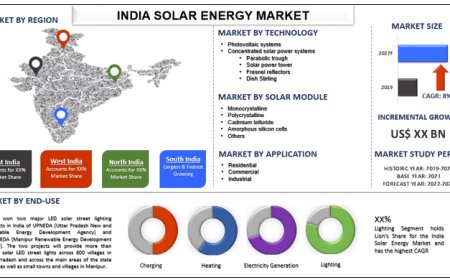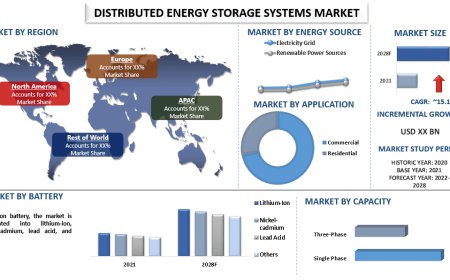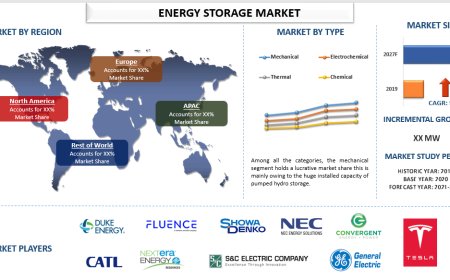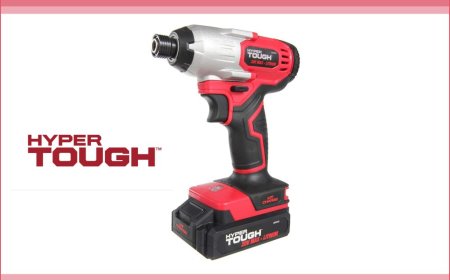What Is a Battery Energy Storage System (BESS) and How Does It Work?
Discover what a Battery Energy Storage System (BESS) is, how it works, and why it's essential for energy savings and backup power. Learn from real-life experience and expert tips!
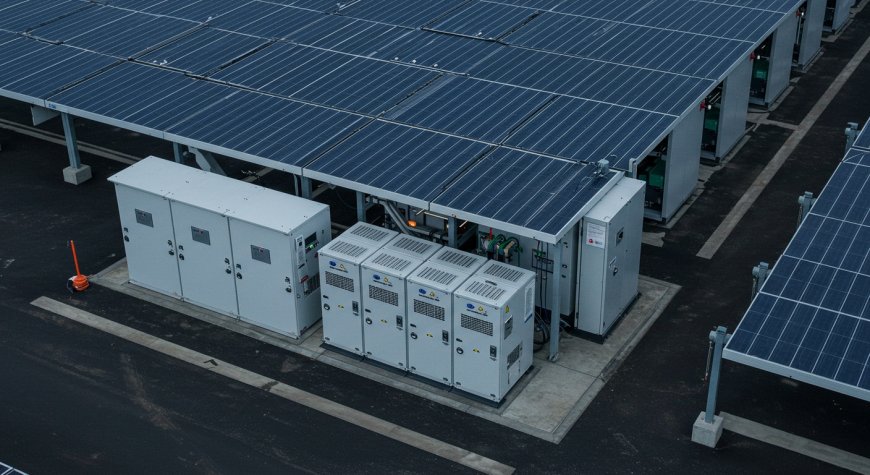
If you're anything like me, you've probably glanced at your ever-rising electricity bill and thought, "There has to be a better way!" That was the moment I started researching Battery Energy Storage Systems (BESS). What began as a curious Google search turned into a deep dive into one of the most fascinating and practical technologies reshaping how we consume and store energy.
So buckle up, because in this article, Im walking you through what a BESS really is, how it works, why its a game-changer for homeowners and businesses, and what you need to consider before investing in one.
What Is a Battery Energy Storage System (BESS)?
A Battery Energy Storage System (BESS) is exactly what it sounds like: a system designed to store energy using rechargeable batteries. These systems are often connected to the grid, solar panels, or wind turbines and store excess energy for later use.
Real-Life Definition
In my experience, I found it helpful to think of BESS like a high-tech piggy bank for electricity. When your solar panels overproduce during sunny afternoons, the surplus goes into your BESS. Then, during nighttime or peak hours, the system feeds that stored energy back into your home. Pretty smart, right?
Key Components of a BESS
-
Battery Pack: The heart of the system, where energy is stored.
-
Battery Management System (BMS): Think of this as the systems brain, monitoring battery health and safety.
-
Power Conversion System (PCS): Converts DC (direct current) to AC (alternating current) and vice versa.
-
Energy Management System (EMS): Optimizes the when and how of energy usage.
How Does a Battery Energy Storage System Work?
Let me break this down into a simple, real-world example based on my own setup.
1. Charging
Your solar panels generate electricity during the day. Once your immediate energy needs are met, any leftover electricity is routed to the battery.
2. Storing
The batteries store this electricity as direct current (DC). The BMS ensures the batteries dont overcharge, which can be dangerous.
3. Converting
When your house needs power after the sun goes down, the PCS converts the stored DC electricity into AC, the kind your home appliances use.
4. Discharging
That clean, solar-generated electricity powers your home during peak pricing hours or even during a blackout.
I actually had my lights on during a grid outage while my neighbors were stumbling around in the dark. It felt like a personal victory.
Why You Should Consider a BESS
Heres the deal: battery storage isnt just a cool tech gadget. Its a practical solution with a long list of benefits.
Financial Savings
Time-of-use (TOU) billing is a thing now. With BESS, you can avoid buying electricity during peak hours when rates skyrocket.
Backup Power
When I tried this during a planned grid outage, it was seamless. My BESS kicked in, and I didnt miss a beat.
Renewable Energy Optimization
Maximize your investment in solar panels. Dont let excess energy go to waste!
Grid Independence
Feeling a little rebellious? With a BESS, you can reduce your reliance on the grid.
Types of Batteries Used in BESS
I found it helpful to understand the differences between battery types before making a decision.
Lithium-Ion Batteries
These are the most common and offer great efficiency and lifespan. I went with a lithium-ion system, and its been incredibly reliable.
Lead-Acid Batteries
Cheaper but heavier and with a shorter lifespan. More suitable for occasional use.
Flow Batteries
Ideal for large-scale applications. Not as common in residential setups, but fascinating nonetheless.
Sodium-Ion Batteries (Emerging)
Still in development but promising as a cost-effective alternative.
A Mini Buyers Guide: Choosing the Right BESS for Your Home
Here are a few tips I picked up the hard way:
1. Know Your Energy Needs
Check your monthly power usage. Most homes need a 10kWh system, but if youve got an EV or pool pump, consider scaling up.
2. Compatibility
Ensure your solar inverter and BESS can "talk" to each other. I had to return my first inverter. Rookie mistake.
3. Warranty and Lifespan
Look for warranties of at least 10 years or 6,000 cycles. It shows confidence in the product.
4. Brand Reputation
Stick to known names like Tesla Powerwall, LG Chem, Enphase, and Sonnen.
5. Installation Partner
Go with a certified installer. I learned that not all electricians are trained for BESS.
How Much Does a BESS Cost?
Pricing varies by brand and capacity, but heres a ballpark:
| System Size | Cost (including installation) |
|---|---|
| 5 kWh | $5,000 $7,000 |
| 10 kWh | $10,000 $14,000 |
| 15+ kWh | $15,000 $20,000+ |
You might qualify for federal and state incentives. I got a 30% tax credit under the federal solar tax incentive definitely worth looking into.
Installation: What to Expect
When I had my BESS installed, it took about 6 hours. Heres how it generally goes:
-
Site Assessment: Technician checks your space and electrical setup.
-
Permitting: Your installer handles this.
-
Installation Day: Batteries, inverters, and EMS are connected.
-
Testing: System gets powered up and tested.
-
Monitoring Setup: Most systems have a mobile app. (Warning: it becomes addictive!)
BESS Maintenance Tips
BESS units are mostly hands-off, but I still follow these habits:
-
Keep it ventilated: Heat is a battery's enemy.
-
Update firmware: Your EMS may get performance updates.
-
Check your app: It tells you if somethings off.
-
Annual check-up: I get a technician to give it a once-over every year.
FAQs About Battery Energy Storage Systems
Q1: Is BESS the same as a UPS (Uninterruptible Power Supply)?
Not exactly. A UPS provides instantaneous power backup, usually for short durations. BESS is built for longer, sustained energy supply.
Q2: Can I go completely off-grid with a BESS?
Yes, but it depends on your energy needs and battery capacity. Im not fully off-grid, but I cover about 80% of my usage.
Q3: What happens when the battery is full?
Excess energy may go to the grid or get curtailed, depending on your setup.
Q4: How long do BESS batteries last?
Typically 10-15 years, depending on usage and maintenance.
Q5: Are there safety risks?
Modern BESS have safety features like thermal management and circuit breakers. Just make sure to use certified systems and installers.
Final Thoughts: Is BESS Worth It?
Absolutely if you value energy independence, savings, and sustainability. In my case, it changed the way I interact with energy. I dont just consume it anymore. I manage it.
Yes, the upfront cost can seem steep, but with tax credits and utility savings, the investment pays for itself over time. Plus, the peace of mind during outages? Priceless.
Share Your Experience
Have you tried a BESS setup or thinking of getting one? I'd love to hear your thoughts, wins, and even horror stories (those are always fun). Share your experience in the comments below!












